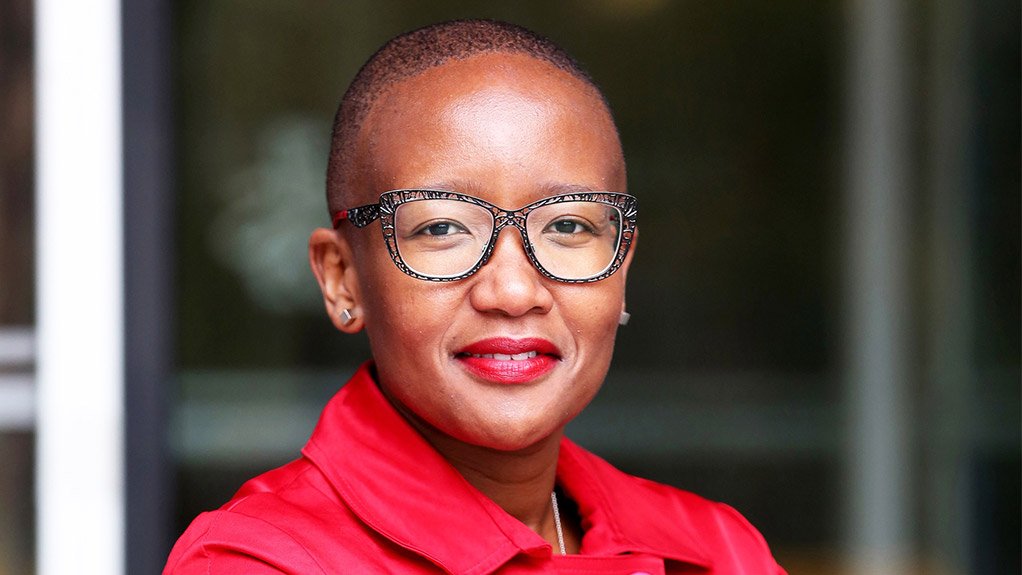Optimal funding for the The Roggeveld Wind Project: Generating power at the lowest bid tariff
This article has been supplied as a media statement and is not written by Creamer Media. It may be available only for a limited time on this website.
By Mphokolo Makara and Daniel Zinman
Roggeveld, loosely translated from Afrikaans, means rye fields which were once plentiful in the area where a 140MW wind farm project has recently reached financial close under the fourth round of South Africa’s Renewable Energy Independent Power Producer Procurement Programme (REIPPPP).
The Roggeveld Wind Project, as it is known, is located on a ridge on the border between the Northern Cape and Western Cape provinces. It will generate 147MW of gross power using 40 x 3.15MW and 7 x 3.00MW Acciona Wind Power/Nordex wind turbines, to evacuate 140MW into the national grid on the back of a 20-year power purchase agreement with Eskom, once commissioned following its three-year construction period.
Building Energy South Africa, the project sponsor, developed the R4.4bn project, led by Rand Merchant Bank (RMB) as sole mandated lead arranger, with the Development Bank of Southern Africa and Old Mutual Specialised Finance participating alongside RMB as senior lenders to the project.
The competitiveness of the later rounds of the REIPPPP have been well documented, and therefore worth mentioning that the Roggeveld Wind Project will generate power at the lowest bid tariff in the programme to date. One of the reasons that the project was able to bid such a low tariff was the financial structuring tools which went into supporting an optimal funding package for the project.
This led to the following innovative facilities being provided (in addition to three other vanilla facilities):
Consumer Price Index (CPI) Linked Senior Debt
By aligning senior debt repayments with the CPI, the same reference rate used to benchmark the growth rate of the tariff over the term of the power purchase agreement, the need for additional hedging is obviated, thereby reducing the overall debt cost. In addition, the back-ended nature of the instrument provides some relief to the project’s debt service obligations in its early years, when economics are typically tightest. The very high proportion of senior debt on this project that is CPI-linked is in itself innovative, given the limitations on flexibility that this instrument comes with.
Debt Service Reserve Facility
As opposed to funding a debt service reserve account, which is standard for project financings, liquidity is provided through this contingent facility. Without senior lenders relying on cash sitting in this reserve account as additional security for their debt, this standby facility is available to be drawn by the senior lenders if required, on the same basis as they would have been able to draw cash from the reserve account. Owing to the facility being unfunded, the overall project cost is reduced, with the inefficiency associated with maintaining cash in the reserve account being obviated.
Eskom Guarantee Facility
To date, projects which have been required to issue specific guarantees to Eskom, have done so via cash collateralising those guarantees. In other words, cash has been kept in an account held by the project company, on the back of which a bank has issued the relevant guarantees to Eskom. There is of course an inefficiency to the project company by having to maintain this cash as collateral. In the Roggeveld project, in place of using cash as collateral, RMB provided an Eskom Guarantee Facility , which acts as the security for those guarantees. Through the provision of this contingent facility, the total project cost was reduced and the need to maintain cash in a collateral account removed
A combination of various factors bodes well for the Roggeveld Wind Project as well as the South African government’s commitment to REIPPPP and its obligations to transition to renewable energy as part of the total energy mix. These factors include: global developments in the renewable energy industry which are experiencing a downward trend in costs as wind energy technology, amongst others, develops and increases its relative contribution as a renewable energy source; the competitive nature and reduced tariffs evidenced across the subsequent REIPPPP rounds; and a sponsor in Building Energy South Africa which is an active player in renewable energy projects globally, with an increasing portfolio of assets in South Africa.
Most importantly, the benefits derived from the wind farm are not limited solely to the project parties, but extend to the farms on which the project is located from which land is leased, as well as to surrounding communities which benefit in the form of jobs and targeted social initiatives undertaken by the Roggeveld project. The use of land on which the project is located is part of the process of transitioning towards a sustainable economy, while operating within constraints and finite resources.
Mphokolo Makara and Daniel Zinman are senior transactors in the Infrastructure Finance team at Rand Merchant Bank.
Comments
Announcements
What's On
Subscribe to improve your user experience...
Option 1 (equivalent of R125 a month):
Receive a weekly copy of Creamer Media's Engineering News & Mining Weekly magazine
(print copy for those in South Africa and e-magazine for those outside of South Africa)
Receive daily email newsletters
Access to full search results
Access archive of magazine back copies
Access to Projects in Progress
Access to ONE Research Report of your choice in PDF format
Option 2 (equivalent of R375 a month):
All benefits from Option 1
PLUS
Access to Creamer Media's Research Channel Africa for ALL Research Reports, in PDF format, on various industrial and mining sectors
including Electricity; Water; Energy Transition; Hydrogen; Roads, Rail and Ports; Coal; Gold; Platinum; Battery Metals; etc.
Already a subscriber?
Forgotten your password?
Receive weekly copy of Creamer Media's Engineering News & Mining Weekly magazine (print copy for those in South Africa and e-magazine for those outside of South Africa)
➕
Recieve daily email newsletters
➕
Access to full search results
➕
Access archive of magazine back copies
➕
Access to Projects in Progress
➕
Access to ONE Research Report of your choice in PDF format
RESEARCH CHANNEL AFRICA
R4500 (equivalent of R375 a month)
SUBSCRIBEAll benefits from Option 1
➕
Access to Creamer Media's Research Channel Africa for ALL Research Reports on various industrial and mining sectors, in PDF format, including on:
Electricity
➕
Water
➕
Energy Transition
➕
Hydrogen
➕
Roads, Rail and Ports
➕
Coal
➕
Gold
➕
Platinum
➕
Battery Metals
➕
etc.
Receive all benefits from Option 1 or Option 2 delivered to numerous people at your company
➕
Multiple User names and Passwords for simultaneous log-ins
➕
Intranet integration access to all in your organisation























